This figure shows the composition of a large event which was measured by ACE-SWICS on May 3 and compares it to standard solar wind composition (labelled slow solar wind). The Fe and O charge state show that the CME plasma is composed of a very hot (about 2.5-3 million K) and a very cold (less than 0.3 million K) component.
Click on image for full size
Image courtesy of ACE-SWICS
ACE Satellite Probes Solar Event
News story originally written on June 8, 1998
Have you ever seen an explosion before? Maybe you've seen a volcano explode on t.v. Or maybe you've seen a potato explode in the microwave because you forgot to poke holes in it. Well, explosions happen on the Sun too. We call these explosions
coronal mass ejections or CME's.
The ACE spacecraft just recorded one of these explosions on May 3, 1998. These CMEs send material flying away from the Sun. Sometimes that material hits the Earth. If the material does hit the Earth, it can cause geomagnetic storms, aurorae or electrical power blackouts.
So we need to know when these CMEs are coming. That is why we have spacecraft like ACE. The ACE satellite is a spaceweather station in orbit. ACE can provide about one-hour advance warning of any major geomagnetic storms.
You might also be interested in:

It was another exciting and frustrating year for the space science program. It seemed that every step forward led to one backwards. Either way, NASA led the way to a great century of discovery. Unfortunately,
...more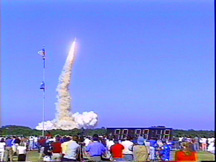
The Space Shuttle Discovery lifted off from Kennedy Space Center on October 29th at 2:19 p.m. EST. The sky was clear and the weather was great. This was the America's 123rd manned space mission. A huge
...more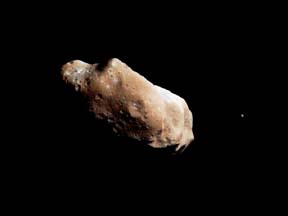
Scientists found a satellite orbiting the asteroid, Eugenia. This is the second one ever! A special telescope allows scientists to look through Earth's atmosphere. The first satellite found was Dactyl.
...more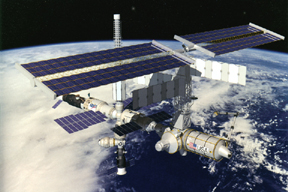
The United States wants Russia to put the service module in orbit! The module is part of the International Space Station. It was supposed to be in space over 2 years ago. Russia just sent supplies to the
...more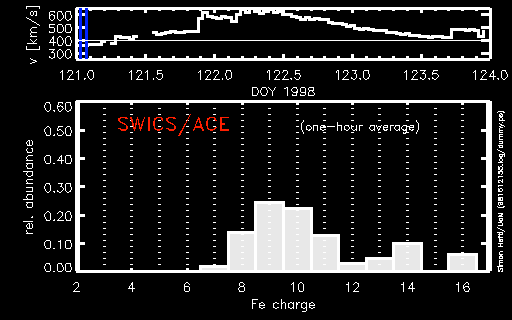
A coronal mass ejection (CME) happened on the Sun last month. The material that was thrown out from this explosion passed the ACE spacecraft. ACE measured some exciting things as the CME material passed
...more
Trees and plants are a very important part of this Earth. Trees and plants are nature's air conditioning because they help keep our Earth cool. On a summer day, walking bare-foot on the sidewalk burns,
...more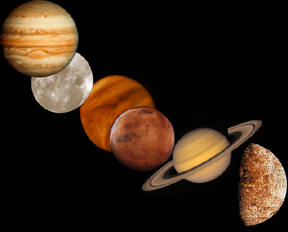
There is something special happening in the night sky. Through mid-May, you will be able to see five planets at the same time! This doesn't happen very often, so you won't want to miss this. Use the links
...more















